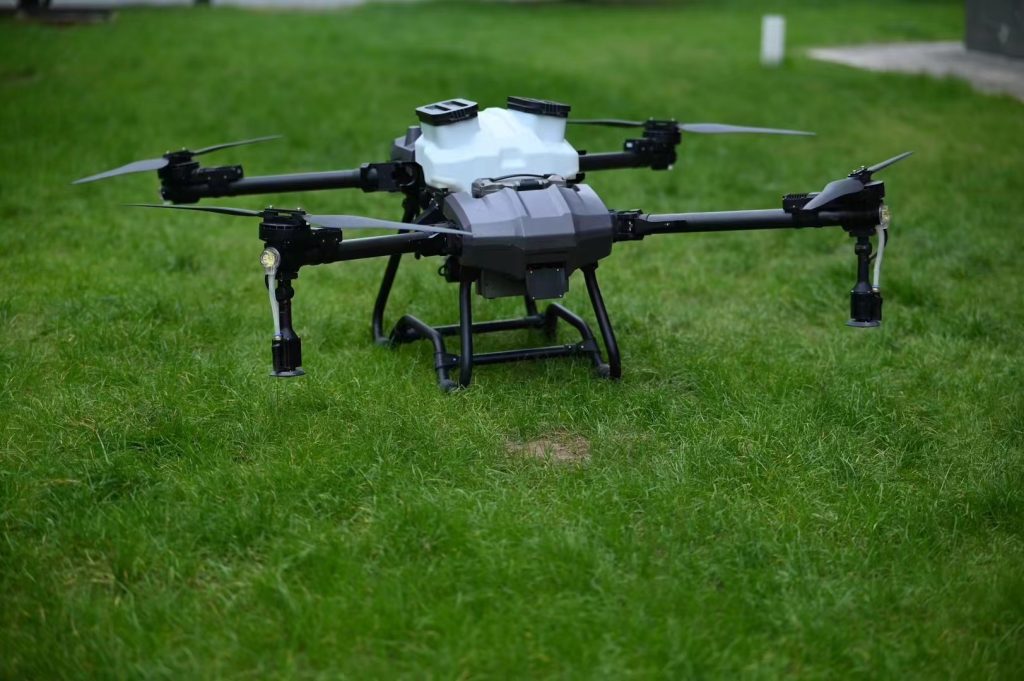
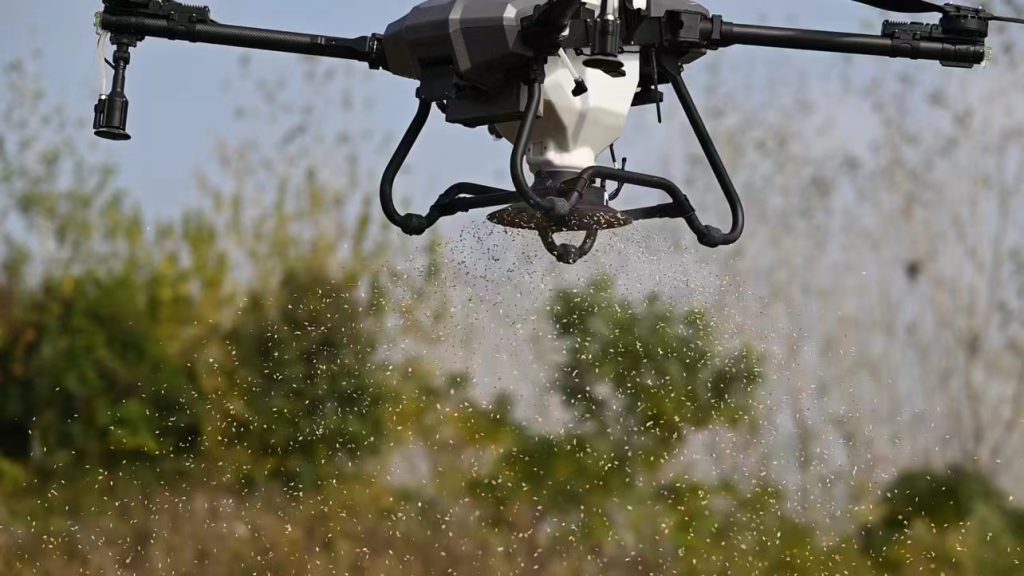



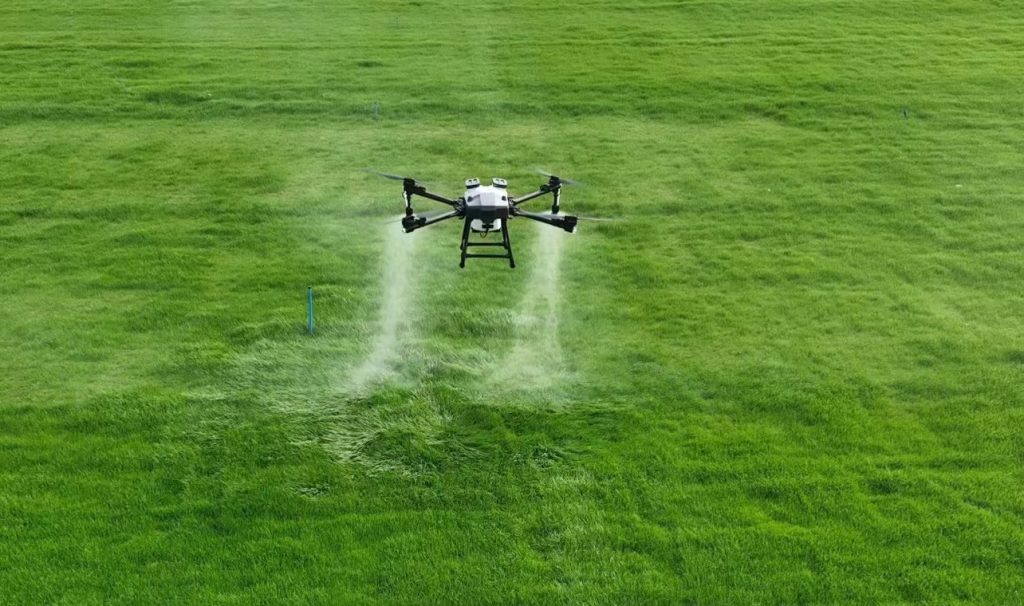
The Maldives, renowned for its pristine beaches and vibrant tourism industry, also maintains a growing agricultural sector on its scattered atolls. Limited arable land, labor shortages, and saltwater intrusion present unique challenges for Maldivian farmers. Purchasing agricultural drones from China offers an innovative solution to enhance crop management, conserve resources, and boost yields across the islands.
—
Why Agricultural Drones Matter in the Maldives
Island farming in the Maldives must overcome:
Space Constraints: Small plots and fragmented fields make traditional machinery inefficient.
Labor Availability: Many islands face a shortage of agricultural workers.
Water Management: Saltwater contamination and scarce freshwater require precise irrigation.
Agricultural drones address these issues by enabling aerial spraying, crop health monitoring, and data‑driven field mapping—all from compact, versatile platforms.
—
Benefits of Purchasing Drones from China
1. Cost‑Effective Technology
Chinese drone manufacturers lead in producing feature‑rich models—GPS guidance, automated flight plans, and multispectral imaging—at prices that suit smallholder and cooperative budgets.
2. Diverse Drone Options
From lightweight monitoring drones for vegetable gardens to heavier‑lift spraying drones for larger fields, the variety of models available allows Maldivian growers to match technology to their specific needs.
3. Remote Support and Training
Many drone packages include online operation tutorials, multilingual user guides, and firmware updates, ensuring that island farmers can quickly integrate drones into their routines.
—
Key Steps to Purchase and Deploy Drones
1. Assess Farm Requirements
Field Size & Crop Type: Determine whether you need spraying, seeding, or mapping drones.
Environmental Conditions: Choose drones rated for coastal humidity and salt exposure.
2. Ensure Regulatory Compliance
Register drones with the Maldives Civil Aviation Authority.
Obtain any necessary import permits and verify that equipment meets local safety standards.
3. Plan Logistics and Customs
Work with freight providers experienced in island deliveries.
Prepare accurate documentation—commercial invoices, technical specifications, and certificates of origin—to streamline customs clearance.
4. Organize Training and Maintenance
Arrange operator workshops covering flight planning, battery care, and safety protocols.
Establish a local network of technicians for routine servicing and spare parts supply.
—
Maximizing ROI and Sustainability
Investing in agricultural drones can yield:
Labor Savings: Automated tasks free up workers for higher‑value activities.
Input Efficiency: Precision spraying and irrigation reduce water, fertilizer, and pesticide use.
Yield Gains: Early detection of pests and stress can increase harvests by up to 15–20%.
Environmental Protection: Targeted applications limit chemical runoff into fragile lagoon ecosystems.
—
Conclusion
Purchasing agricultural drones from China to the Maldives represents a forward‑looking strategy for island agriculture. By combining cutting‑edge drone capabilities with local knowledge, Maldivian farmers can overcome geographical constraints, conserve precious resources, and achieve higher productivity. With careful planning—covering selection, compliance, logistics, and training—drones will become a cornerstone of sustainable farming in the Maldives.








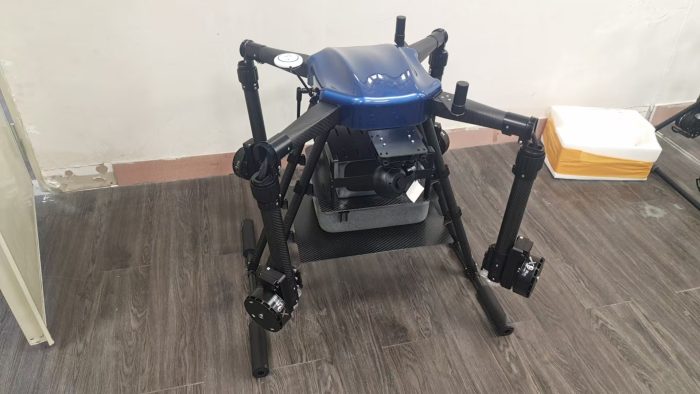
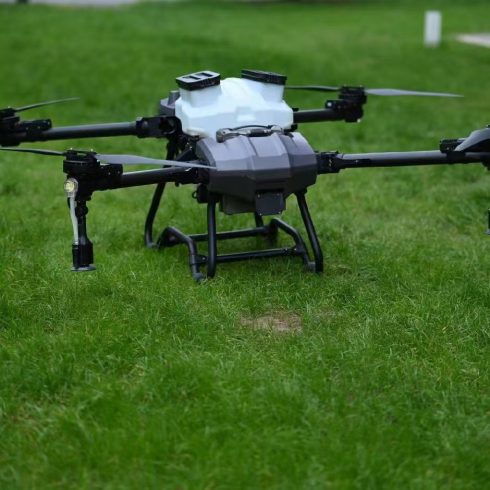
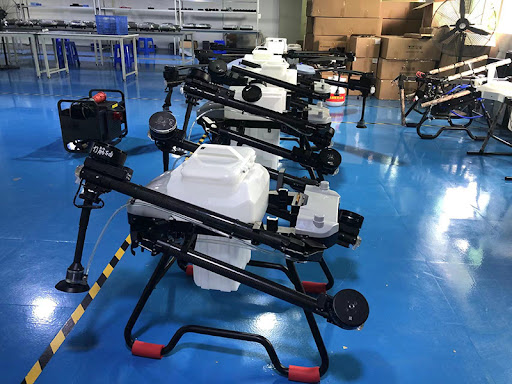

暂无评论内容